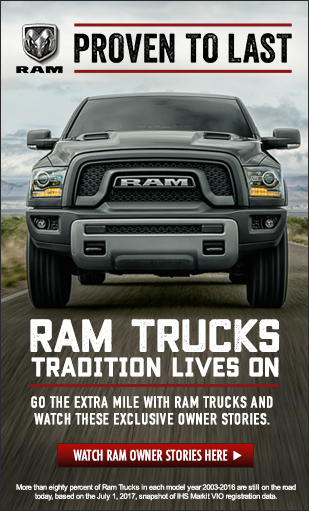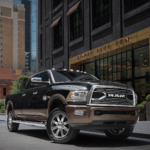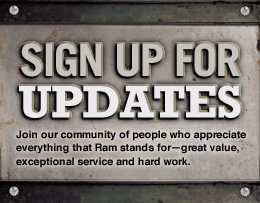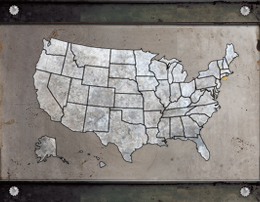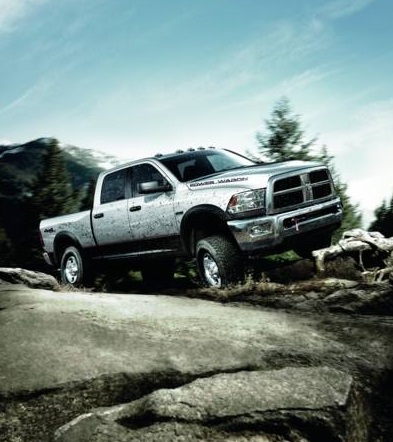 As the seasons change, so do the challenges of off-road adventuring. Once solid ground may now be thick mud just waiting to swallow up even the most capable and well-equipped trucks. Ever-changing trail conditions and an almost limitless set of variables are just a couple of reasons why we include a heavy-duty Warn winch on our Ram 2500 Power Wagon.
As the seasons change, so do the challenges of off-road adventuring. Once solid ground may now be thick mud just waiting to swallow up even the most capable and well-equipped trucks. Ever-changing trail conditions and an almost limitless set of variables are just a couple of reasons why we include a heavy-duty Warn winch on our Ram 2500 Power Wagon.
Now, don’t get us wrong—the Ram Power Wagon is an extremely capable off-road vehicle. But as any experienced trail driver knows, over-confidence can lead to a long night spent stuck on the trail. A winch can be indispensable, but only if you use it correctly and safely. Let’s take a look at the proper way to winch your truck out of a tough spot.
Equipment
For many, the first step might be selecting a winch. Luckily, on our Power Wagon we’ve included a super-rugged and capable Warn winch. So winch selection is handled for you, and you’ve got some of the best equipment on the market.
Anchoring
The next step to winching your truck out of a bind is finding a secure anchor point. You’ll want to choose carefully, as a weak anchor point can lead to line slippage, which could cause injury or damage your truck. For the most part, the trail is full of solid anchor points. Living trees, boulders or even other trucks can offer a solid base to tie your truck to. Just make sure that you are tying into a structure that can handle the load of your truck if you’re anchoring to another vehicle. Damaging your buddy’s brand new Ram truck might land you in hot water later on.
Winch Setup
Once you’ve found a solid anchor point, you’ll want to determine how to set up your winch. The two most common setups are single-line pull and double-line pull.
Single-Line Pull
A single-line pull is the simplest setup you can use. You’ll start by wrapping the nylon tree strap as low on the anchor as possible. Next, run the clevis (the hook of the winch) through both loops of the tree strap. Spool out the wire and attach it to the clevis. It’s important to note that you should never wrap the wire around the anchor. This causes an increased likelihood of the wire breaking under load and can cause injury and truck damage. Once your line is secured to your anchor, lay a blanket about halfway between the truck and anchor. This helps to direct the line down in the event of a break. From there, slowly bring the slack out of the line and double-check the rigging. When you’re comfortable with the setup’s security, begin to add power. If you’re anchoring to another truck, have a buddy in the other truck steer and add power as necessary.
With any luck, you should be able to use your Warn winch to get out of just about any tough situation on the trail. Of course, general trail safety and common sense should always prevail. If you’d like to learn more about the Ram 2500 Power Wagon and its Warn winch, visit the Ram Trucks website.
Stay tuned to RamZone for “Ram Power Wagon | How to Work Your Winch, Part 2: Double-Line Pull.”













